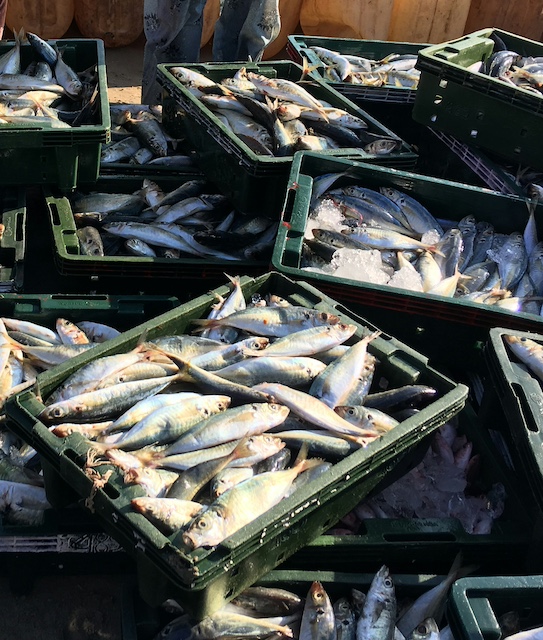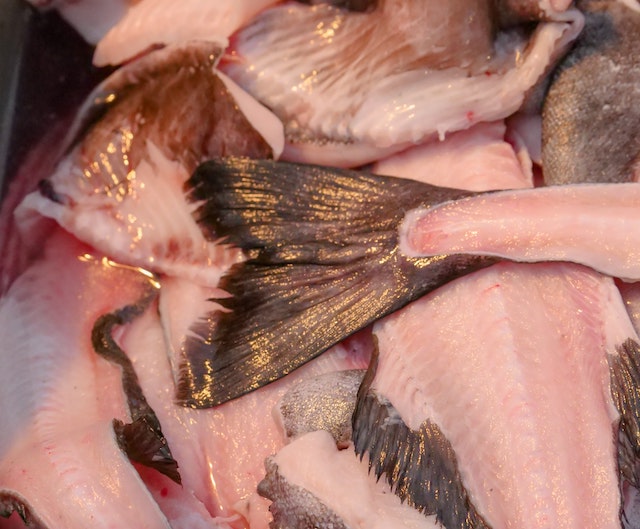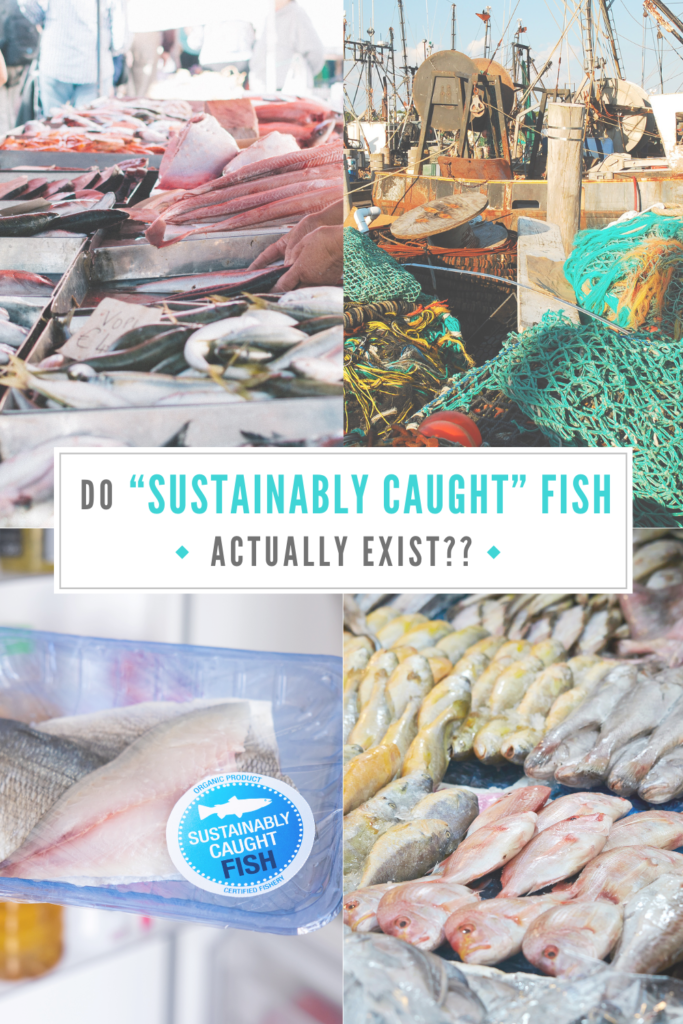As consumers become increasingly aware of the environmental impacts of their food choices, terms like “sustainably caught” fish have become buzzwords in the seafood industry. Just like with many other greenwashing tactics, using certain terminology on food packaging isn’t highly regulated… So what does this term really mean, and can fish truly be caught in a way that is sustainable for our oceans? Here’s an exploration of the concept of “sustainably caught” fish, the criteria that defines it, and whether it lives up to its promise.

Sustainable Fishing Defined
“Sustainable fishing” refers to practices that maintain or improve the population of the fish species being caught. The overall goal is to meet current seafood demands without compromising the ability for the species to reproduce and be available for future generations. It seeks to avoid damaging the marine environments or non-target species. In addition, its aim is to maintain the long-term viability of the fish species.
Criteria for “Sustainably Caught” Fish:
In order for fish to be labeled as “sustainably caught” it must meet the following criteria:
- Population Management: The fish population should be healthy and robust, not overfished. Sustainable fisheries must operate within the maximum sustainable yield (MSY), which is the largest catch that can be taken from a species’ stock over an indefinite period.
- Impact on the Ecosystem: Fishing methods should minimize bycatch (the capture of unintended species), avoid damaging ocean floor habitats, and have the least possible impact on the ecosystem.
- Effective Regulation: Sustainable fisheries are subject to effective and responsive management to adapt to changes in fish populations and environmental conditions. This includes compliance with regulations, transparent reporting, and scientific monitoring.

Challenges of Labeling this Way
Several organizations provide certifications that help consumers identify sustainably caught fish. The most well-known among these is the Marine Stewardship Council (MSC). The MSC sets a standard for sustainably managed and environmentally responsible fisheries. Fish that meet MSC standards are labeled with an eco-label that consumers can look for when shopping for seafood. Despite these criteria and certifications, the concept of sustainably caught fish faces several challenges and criticisms:
- Labeling Accuracy: Mislabeling and fraud can occur, where fish may not be sourced from sustainable fisheries despite the labeling claims.
- Environmental Variability: Changes in ocean temperature, acidity, and ecosystem balance can affect fish populations faster than fisheries management can respond. This challenges the sustainability of the practice.
- Enforcement: Effective enforcement of sustainable fishing practices is difficult. This is especially true in international waters and among less developed nations where monitoring resources are limited.
So, do “sustainably caught” fish exist?? In theory, yes. Sustainably caught fish exist under ideal circumstances where fisheries are well-managed, fully compliant with strict regulations, and operate transparently and responsively to changing environmental conditions. However, the reality is that many fisheries do not meet these standards consistently due to the various challenges mentioned above.
How Can I Help?
To make your seafood and fish eating more sustainable, try doing the following:
- Look for Certifications: When shopping for fish, look for labels from credible organizations like the MSC.
- Support Local and Small-scale Fisheries: Often, smaller operations are more sustainable and have a smaller ecological footprint.
- Reduce the amount of fish you eat! There are many reasons to stop eating fish. Take these into account when deciding how much fish you will eat in your diet.
- Advocate for Better Policies: Support and advocate for better fishing policies and practices, both locally and globally.

While sustainably caught fish provide a more eco-friendly seafood option, the integrity of these practices heavily depends on strict adherence to criteria and effective enforcement. As consumers, staying informed and making conscientious choices is crucial for supporting truly sustainable fishing practices and helping to preserve marine biodiversity. How much seafood do you eat??
Love,
Jenna ♥



